The Glycolic Acid Peel Market is currently characterized by a dynamic competitive landscape, driven by increasing consumer demand for effective skincare solutions and a growing awareness of the benefits of chemical peels. Major players such as The Ordinary (CA), Neutrogena (US), and SkinCeuticals (US) are strategically positioned to leverage innovation and brand loyalty. The Ordinary (CA) focuses on transparency and affordability, appealing to a broad demographic, while Neutrogena (US) emphasizes dermatological credibility and extensive distribution channels. SkinCeuticals (US), on the other hand, targets the premium segment with a strong emphasis on clinical efficacy and professional endorsements. Collectively, these strategies contribute to a moderately fragmented market, where brand differentiation is crucial for capturing consumer interest.
In terms of business tactics, companies are increasingly localizing manufacturing to enhance supply chain efficiency and reduce costs. This approach not only allows for quicker response times to market demands but also aligns with sustainability goals by minimizing transportation emissions. The competitive structure of the Glycolic Acid Peel Market appears to be moderately fragmented, with several key players exerting influence through innovative product offerings and strategic partnerships. The collective actions of these companies shape a landscape where agility and responsiveness are paramount.
In August 2025, The Ordinary (CA) launched a new line of glycolic acid peels that incorporate natural extracts, aiming to attract environmentally conscious consumers. This strategic move reflects a growing trend towards clean beauty, suggesting that The Ordinary is keen to enhance its market share by aligning with consumer preferences for sustainable products. The introduction of this line may also serve to differentiate the brand in a crowded marketplace, potentially increasing customer loyalty.
In September 2025, Neutrogena (US) announced a partnership with a leading dermatology clinic to develop a new glycolic acid peel treatment that will be available exclusively through professional channels. This collaboration underscores Neutrogena's commitment to clinical validation and positions the brand as a trusted authority in skincare. By leveraging professional endorsements, Neutrogena may enhance its credibility and attract a more discerning consumer base, thereby solidifying its competitive edge.
In October 2025, SkinCeuticals (US) unveiled a new digital platform that utilizes AI to personalize skincare regimens, including glycolic acid peels. This innovative approach not only enhances customer engagement but also reflects a broader trend towards digital transformation in the beauty industry. By integrating technology into its offerings, SkinCeuticals is likely to appeal to tech-savvy consumers, thereby reinforcing its position in the premium segment of the market.
As of October 2025, the competitive trends in the Glycolic Acid Peel Market are increasingly defined by digitalization, sustainability, and the integration of advanced technologies. Strategic alliances, such as partnerships between brands and dermatological professionals, are shaping the current landscape, fostering innovation and enhancing consumer trust. Looking ahead, competitive differentiation is expected to evolve, with a notable shift from price-based competition towards a focus on innovation, technological integration, and supply chain reliability. This evolution suggests that companies that prioritize these aspects will likely emerge as leaders in the Glycolic Acid Peel Market.


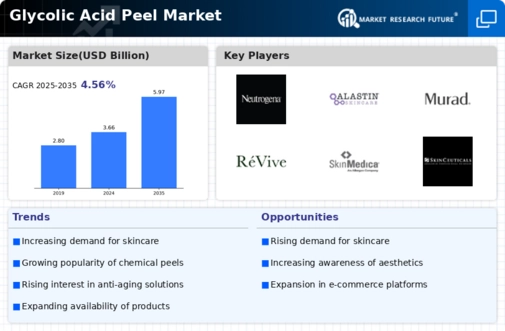
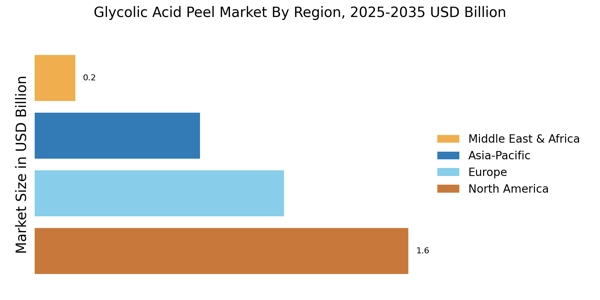
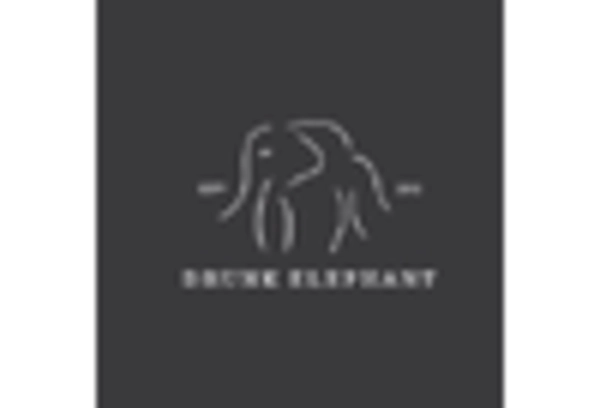
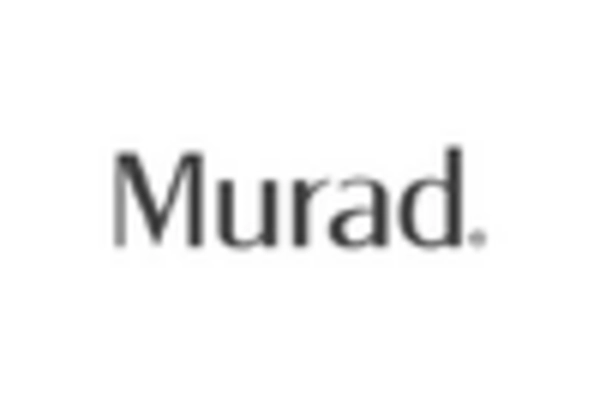
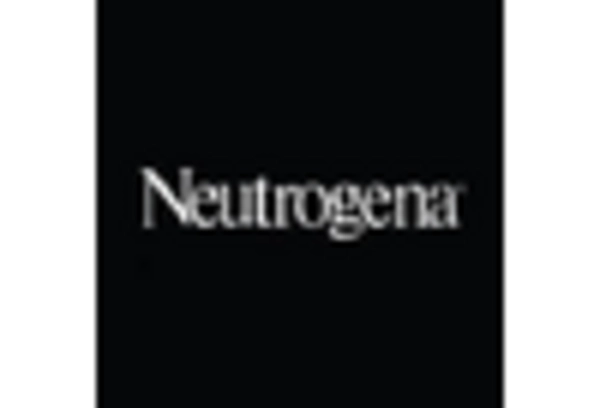

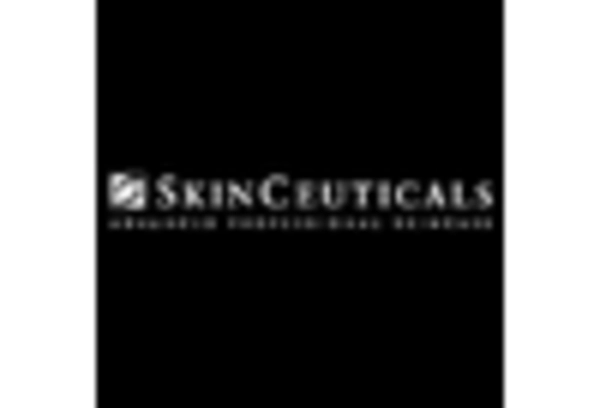









Leave a Comment